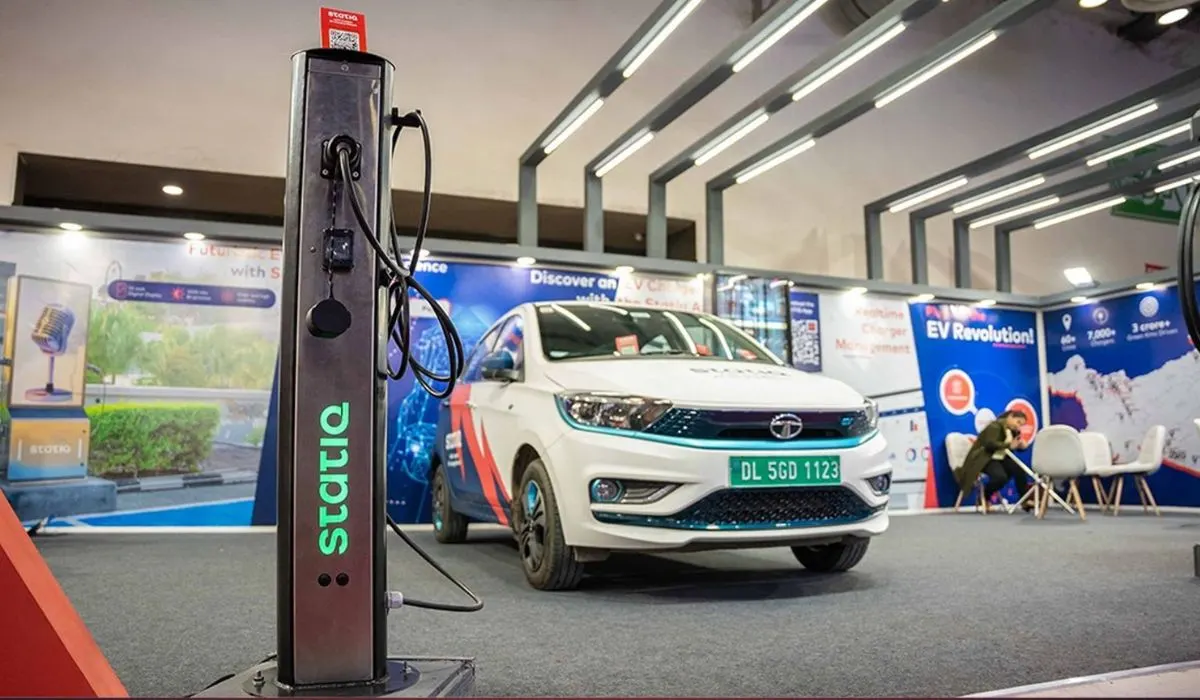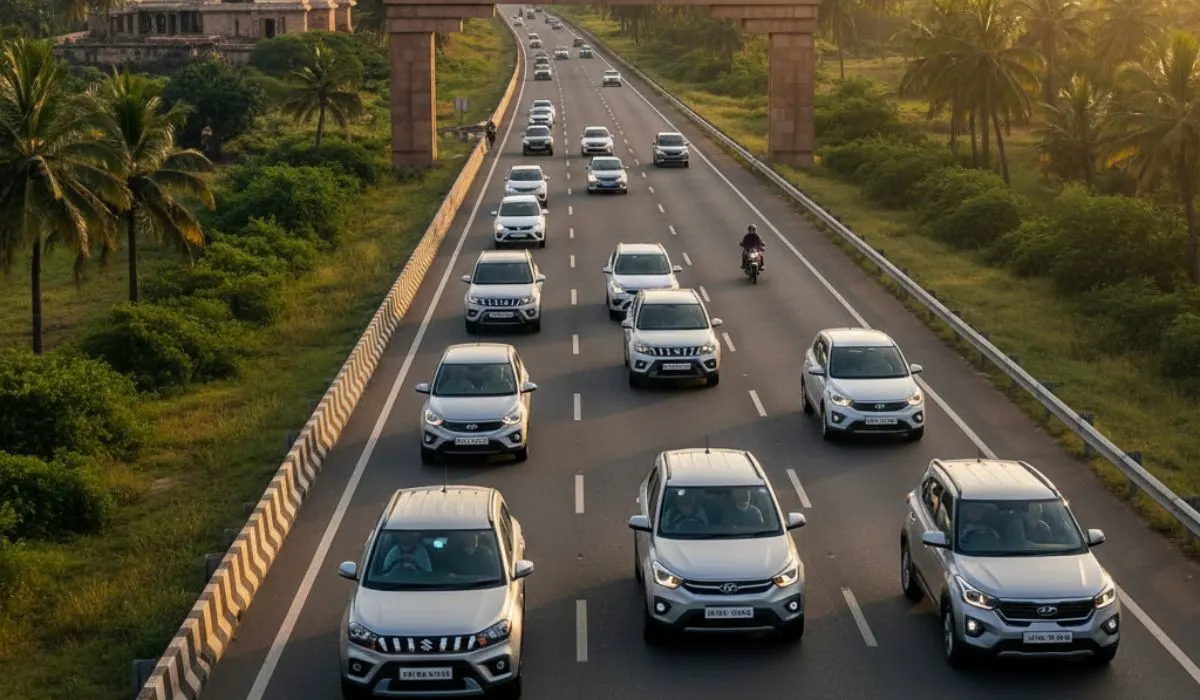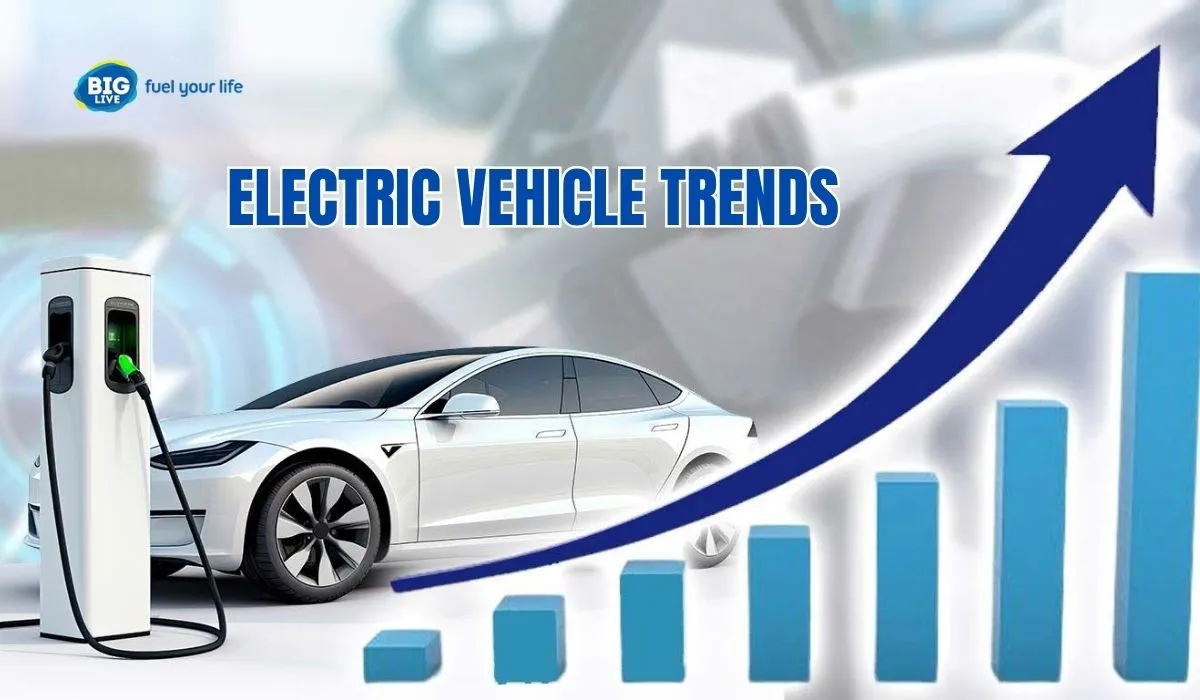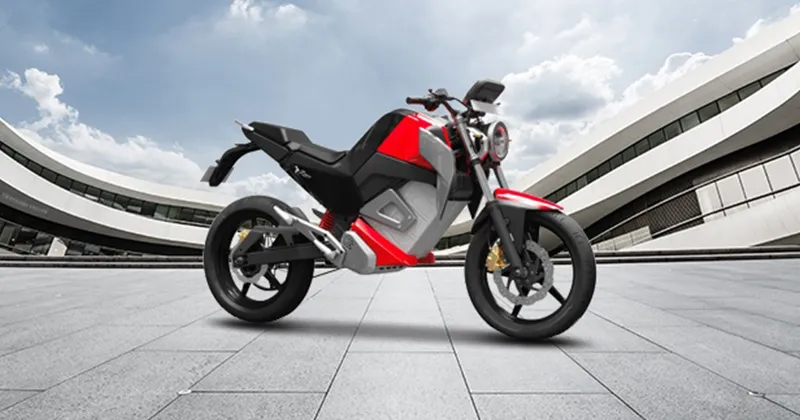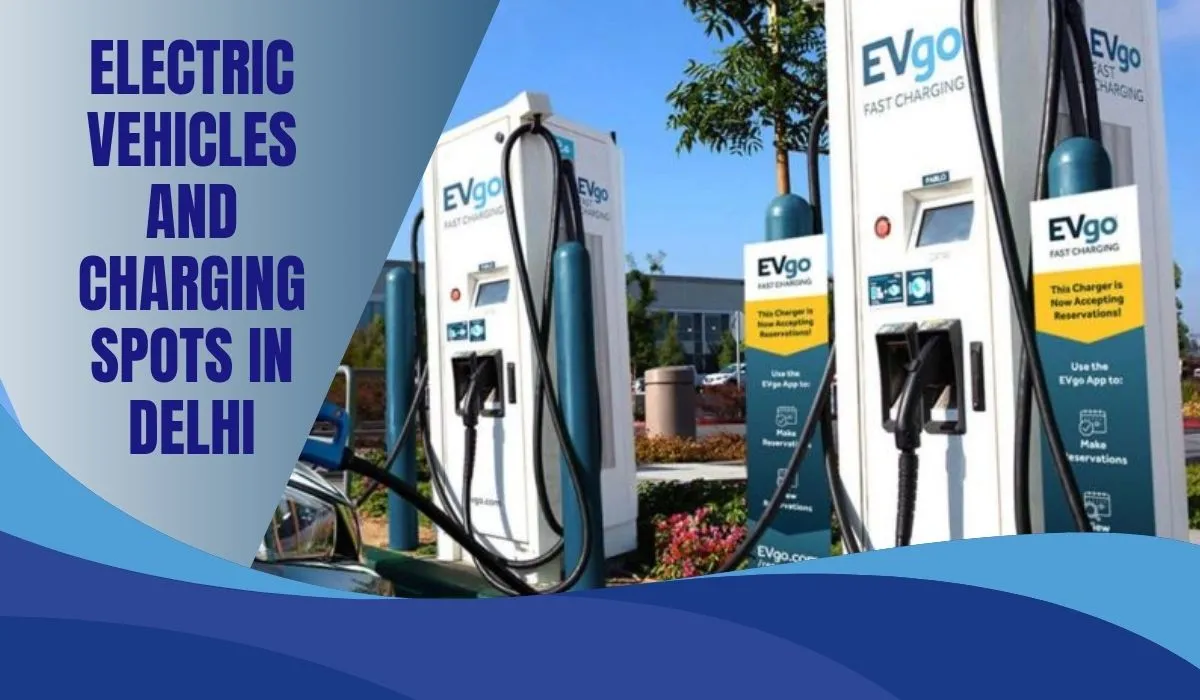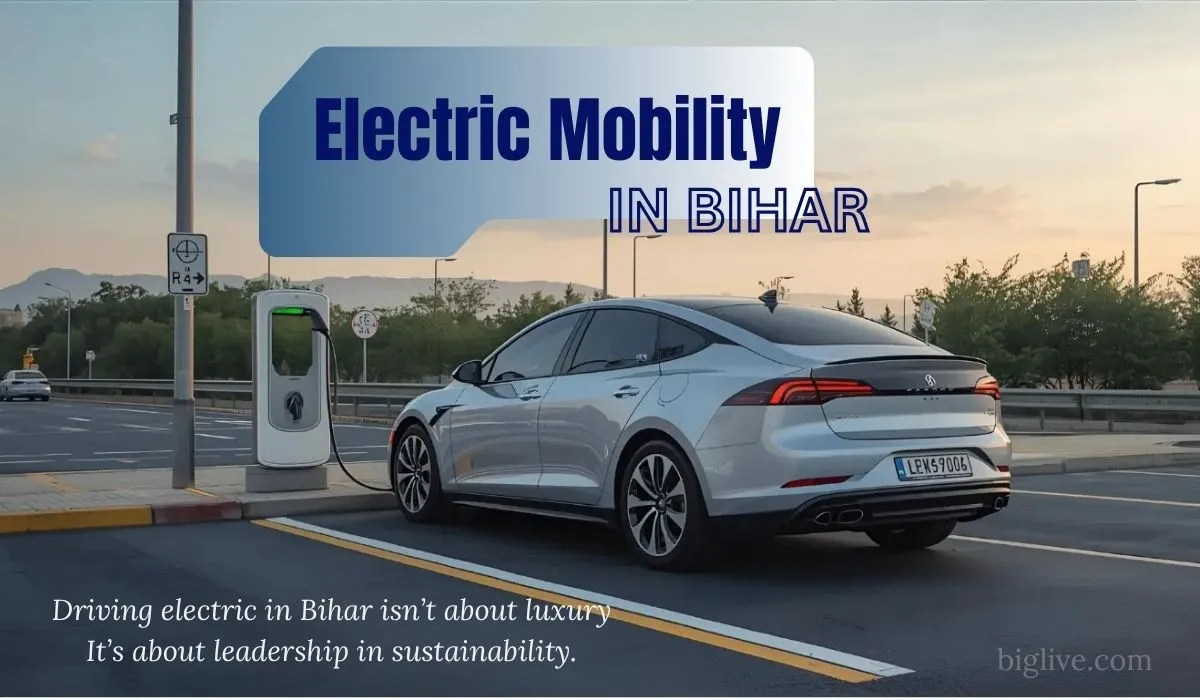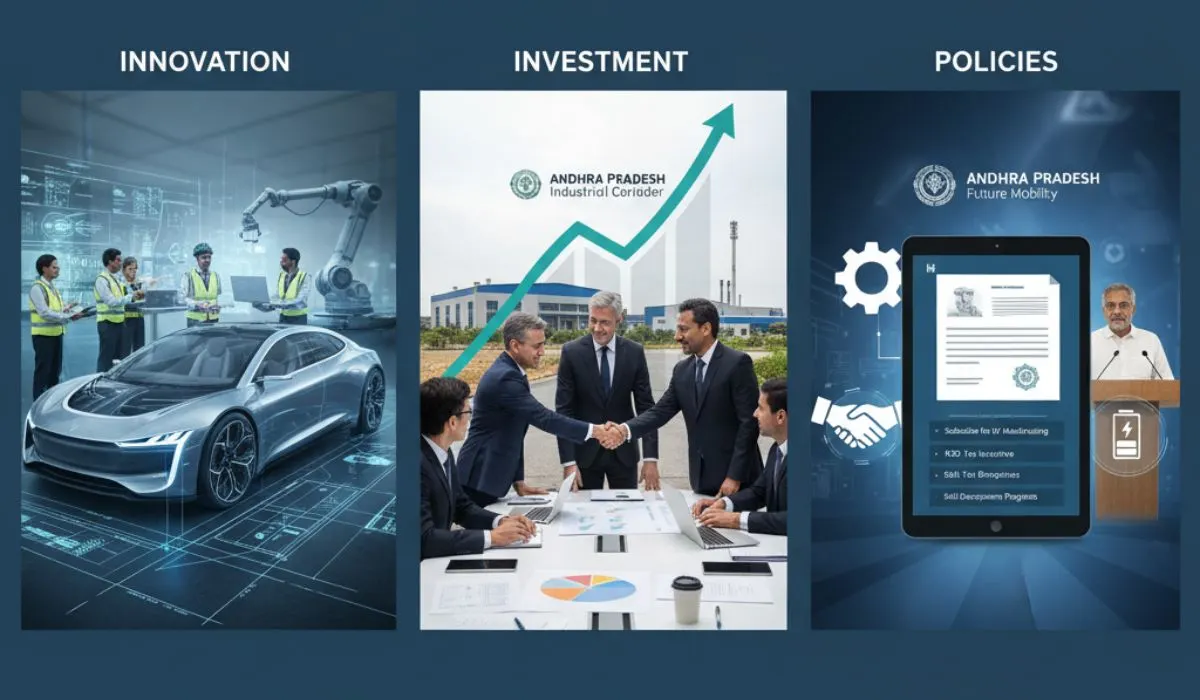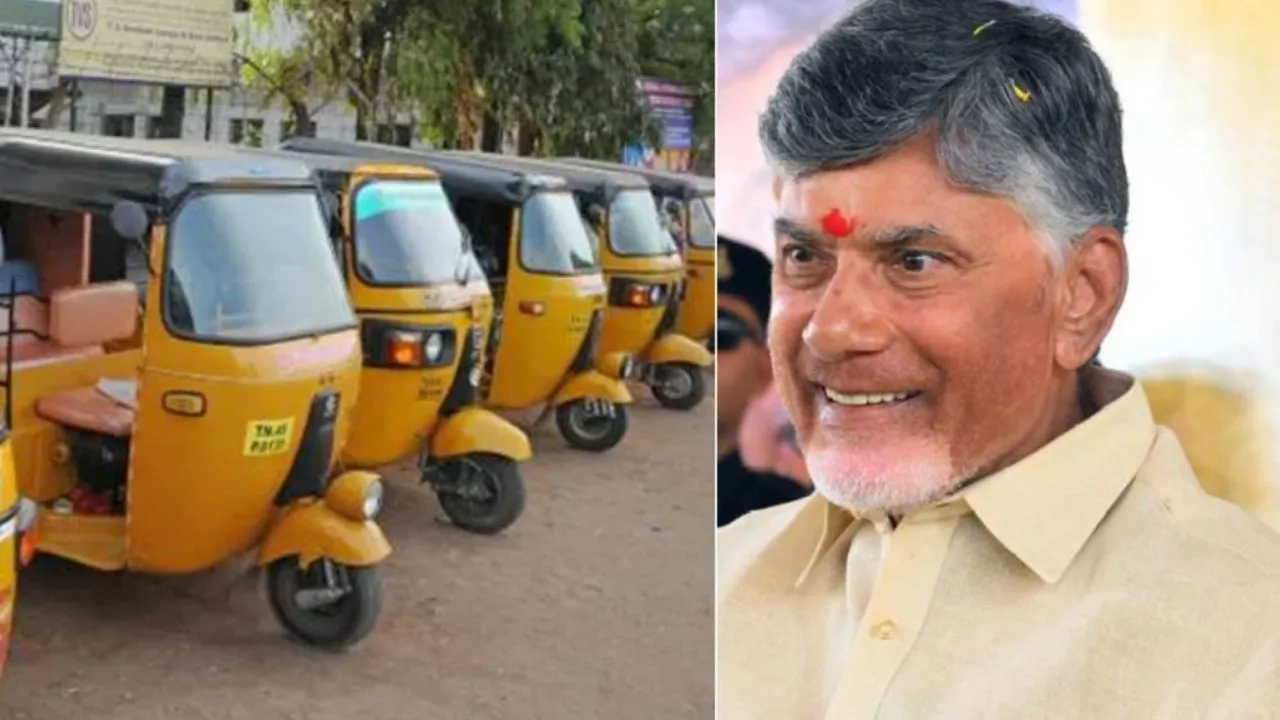Tamil Nadu is growing fast in the electric vehicle (EV) revolution. The goal is to have 50% of all vehicles running on the road by electricity in 2025. The state is making a strong move towards sustainable mobility . The target not only reflects a cleaner environment, but also the state's push to becoming a global hub .
In this article, we will learn about the states, EV targets the strategies that it plays the benefits to the citizens and business . Especially Tamil Nadu’s plan to achieve the position of becoming a global hub.
Why Tamil Nadu is Focusing on Electric Vehicles
Two wheeler vehicle manufacturers are operating in Tamil Nadu. It has created an automobile ecosystem. The state is taking one step at a time as it is transitioning to EV. The government’s ambitious EV push aims to:
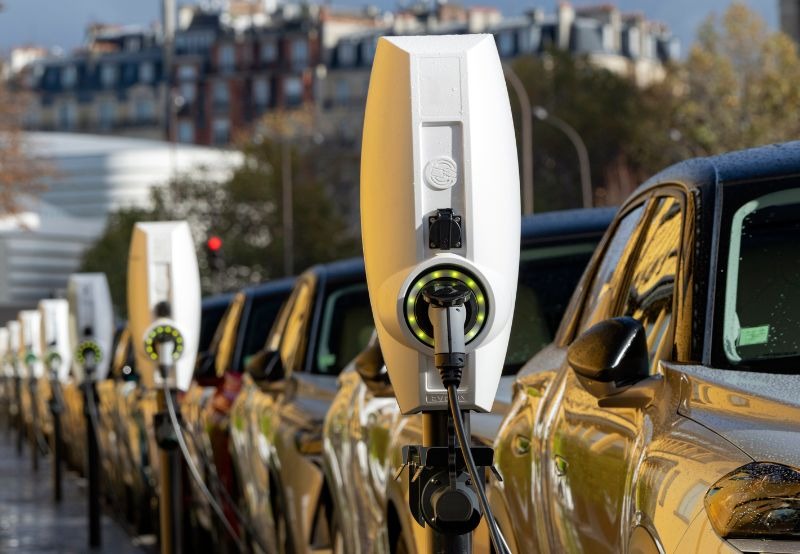
The urban living standards are improved, and the pollution is reduced. The import bills are getting reduced as there is less dependency on fossil fuels. Investments are attracted from EV manufacturers globally. Assembling vehicles, changing infrastructure and production in the battery is helping to create new jobs.
Tamil Nadu is sending a clear message by setting a goal of 50% EV adoption target . The message meant that the state wants to be at the forefront of India’s electric mobility shift.
Key Highlights of Tamil Nadu’s EV Vision
Tamil Nadu’s EV targets are supported by a mix of government policies, industrial incentives, and consumer benefits.
1. Ambitious Adoption Goals
The state age of 50% of all vehicle sales, whether it is two wheeler cars or commercial vehicles to be electric by 2025. Public vehicles, including the buses and service vehicles will be shifting to EVS.
2. Strong Industry Support
EV manufacturing clusters are being set up in Chennai, Hosur, and Coimbatore. The EV makers and battery manufacturers are receiving capital, subsidies and tax benefits by the state. In the EV space, the state is working to attract both domestic start-ups and global brands.
3. Charging Infrastructure Push
Charging stations will be installed every 25 km on the highway as per the plan. For commercial fleet batteries, swapping stations are encouraged and adopted. The policy incentives support residential and charging points.
4. Skill Development and Jobs
The state expects 1.5 lakh new jobs in the EV sector by 2025. Skill training programs are being rolled out to prepare youth for EV servicing, manufacturing, and technology roles.
Recomanded to read :- Electric Car vs Petrol Car: Complete Comparison Before You Buy
Benefits for Citizens That Improve Quality of Life
There are ample advantages that the target brings in Tamil Nadu. In comparison to petrol and diesel vehicles, EV vehicles are cheaper to operate. As per the state policies, buyers can have waivers on road tax and registration fees . Less air pollution will be there, especially in the urban areas. Adapting the technology early is ensured by the families. EV vehicles are both affordable and convenient for the daily commuters.
Industry and Economic Impact
The state is building a strong economy and not just targeting stability. The electric makers and battery producers are the state as a base. The demand for parts has increased in the state. The state can export EVs to other parts of the world with the right infrastructure.
This 50% EV adoption target acts as a medium for industrial growth, creating opportunities in technology, logistics, and renewable energy.
Charging Infrastructure: The Backbone of EV Growth
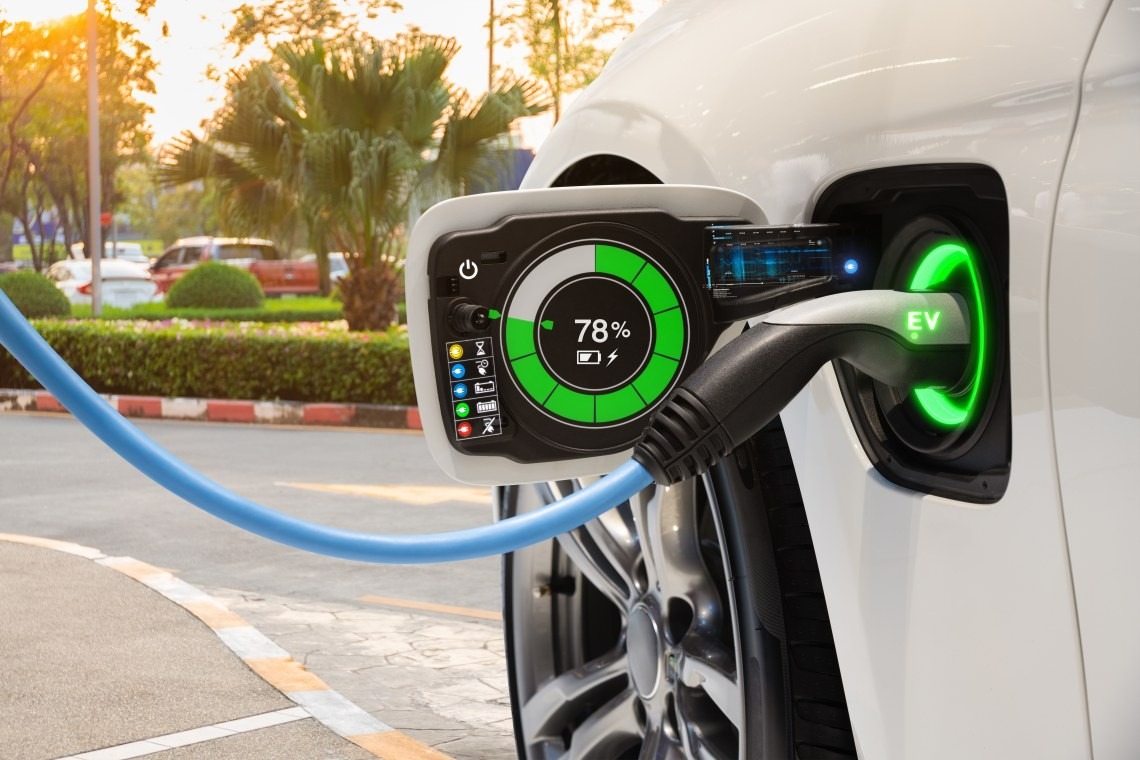
If there are no proper charging places, large-scale EV adoption becomes difficult. Keeping this challenge in mind, Tamil Nadu has placed heavy ideas on building a charging point everywhere. Malls , offices and parking lots will have charging stations all over. Fast chargers will be supporting long distance travels. Swapping stations ensure less downtime for autos ,taxis and fleets.
This infrastructure proves that EVs are practically perfect for both personal and commercial use.
Environmental Advantages
This EV adoption is likely expected to make a difference in the environment globally. The carbon output will also be reduced as petrol and diesel vehicles will be used less. In the urban areas less pollution will be felt. The system will be greener as the state will be integrating solar and wind power. This ensures that the states push for EVs will affect the climate and the environment globally.
Challenges on the Road Ahead
While the state is trying hard to achieve the 50% target there are challenges as well. For many families, EV vehicles are still more expensive than the traditional vehicles, despite the state providing subsidies. For disposing of the batteries and recycling, the state needs a strong policy. Due to lack of awareness and infrastructure, many areas take longer to adopt EVS.
Can be addressed with government commitment in partnership and rising consumer interests.
Conclusion
With the right execution, the state's goal of achieving 50% adoption by 2025 is achievable. The state is setting the stage for a greener future. For citizens, it means affordable and eco-friendly mobility. For businesses. It opens up new job opportunities, and for the environment takes a step forward towards reducing carbon emissions for a greener future. If the target will change the roads, but also inspire other states to move forward in their EV journeys.
The road ahead may have challenges, but the destination—a sustainable future—is well worth it.



